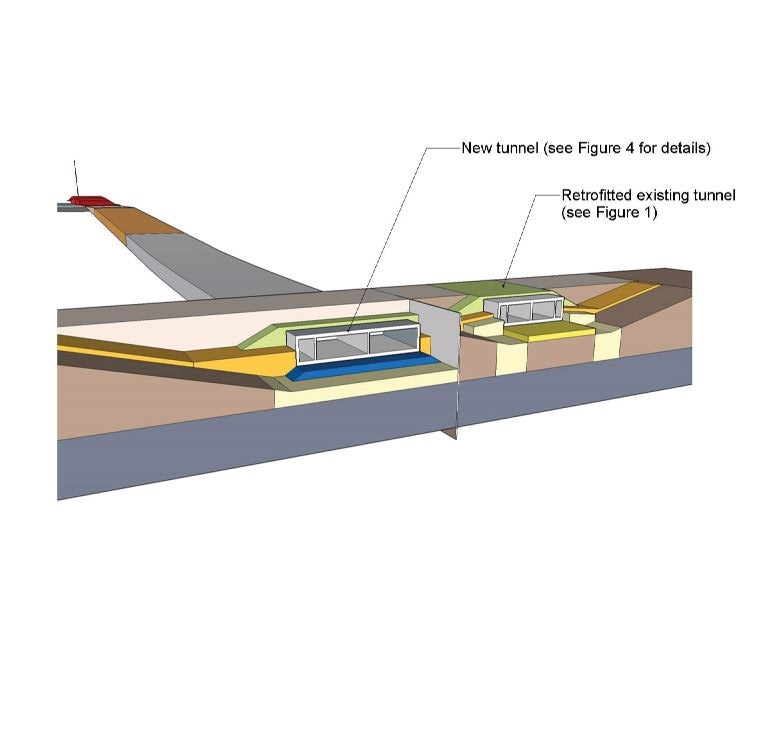Dear Editor,
Better managing our resources is key to reducing the traffic gridlock at the Massey Tunnel. Before we consider building a $4-billion mega-bridge, let’s find creative ideas that better utilize our existing infrastructure.
Coast Mountain Bus Company is testing Double Decker buses in October to see if they are feasible for the express commuter routes.These buses will run from Surrey to the Brighouse station and have much higher capacity than regular buses. It will be exciting to see how this pilot project works out.
Other creative ideas that we could be considering are banning trucks during rush hour and opening the ports 24 /7. This could result in 30-per-cent more capacity at rush hour. Recently I counted 44 trucks lined up southbound at the Massey Tunnel when only one lane was open. This slows down commuter traffic and creates terrible backlogs.
Reducing traffic gridlock could also be achieved if trucks would be assigned alternative days to use the tunnel, such as odd days or even days. This could potentially cut the truck traffic in half. Incentives for trucks travelling at night could also benefit the truckers with increased profits and reduce daytime traffic as well.
We should go back to the previous minister of transportation Kevin Falcon’s original plan to buy 100 new buses. This would attract more transit users and would result in less single-occupancy vehicles. Millions were spent on the express bus lanes, but they are under-utilized to this day.
It is time to work harder to put more people in cars and have less single-occupancy cars. “Ride Share” is under-utlilized, but that could change if we put more resources into supporting that program.
Another option could be building passenger stops instead of bus stops, where a driver could pick up additional passengers to get through the tunnel on an adhoc basis, dropping them off at other bus stops or other convenient locations.
The Massey Tunnel was built in two years and the technology exists today to build a submerged tunnel in sections and quickly construct a twinned tunnel, so why wait until 2022 for a mega-bridge when better options are here today?
Whether it is double-decker buses, reduced truck traffic, fewer single-occupancy vehicles, or more buses, let’s get creative and work together to make everyone’s commute quicker and more enjoyable.
Coun. Carol Day
Richmond



